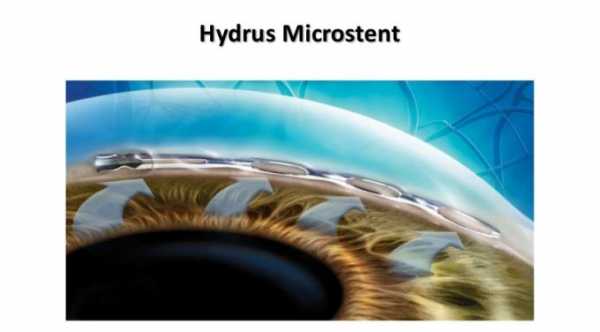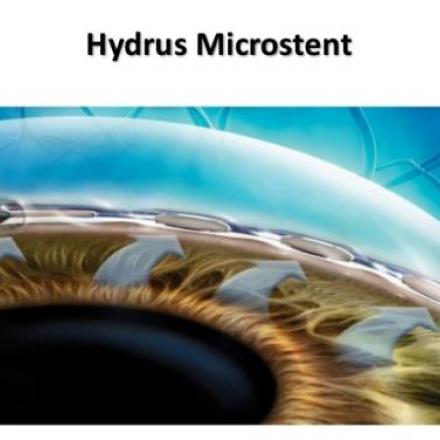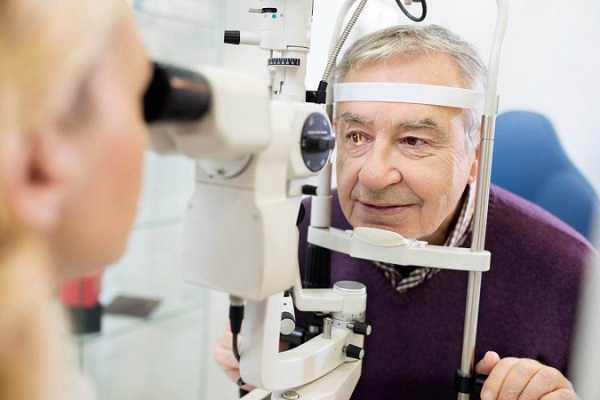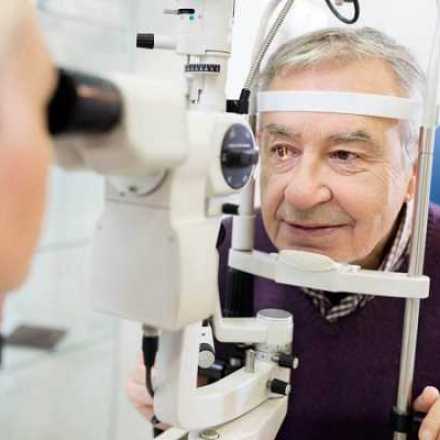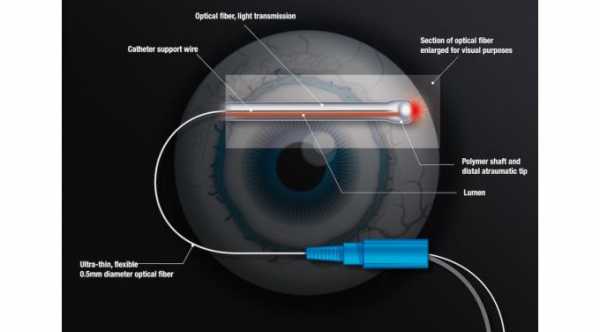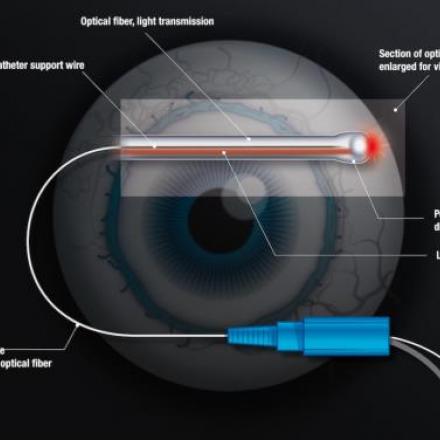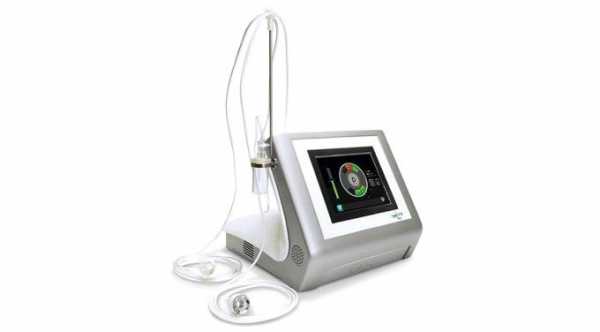
Ultrasound Ciliary Plasty (UCP) for Glaucoma Treatment
Glaucoma is the second leading cause of blindness worldwide. Ultrasound Ciliary Plasty or UCP is a new non-invasive medical procedure that helps to treat glaucoma and reduce intraocular pressure without significant side effects and in less than 5 minutes. This procedure can be done as an outpatient procedure and under local anaesthesia.
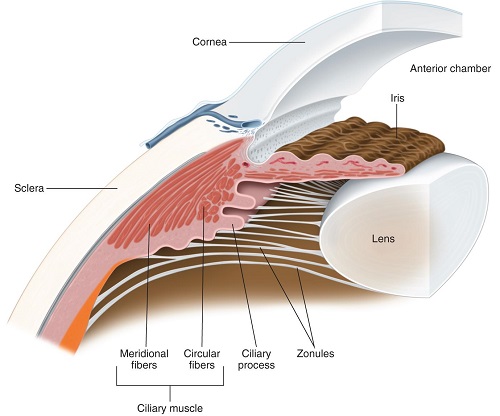 Ciliary body is a ring shape uveal tissue that lies behind the iris. It consists of ciliary muscles that are responsible of accommodation and ciliary epithelium or ciliary processes that secrete Aqueous Humor.
Ciliary body is a ring shape uveal tissue that lies behind the iris. It consists of ciliary muscles that are responsible of accommodation and ciliary epithelium or ciliary processes that secrete Aqueous Humor.
UCP uses high intensity focused ultrasound to produce soft partial coagulation of ciliary body to lower the production of aqueous humor.
This procedure can be used to treat over than 65% of refractory glaucoma that can’t be controlled with medications.
EyeOP1 Device
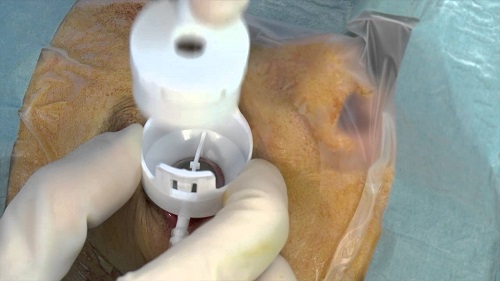 EyeOP1 is a simple to use portable medical device that utilizes high intensity focused ultrasound to the eye to reduce the production of aqueous humor.
EyeOP1 is a simple to use portable medical device that utilizes high intensity focused ultrasound to the eye to reduce the production of aqueous humor.
This device consists of two main parts, the therapy probe and the controlling unit.
Controlling Unit
Touch-screen. Enables the Ophthalmologist to safely control the parameter and monitor the procedure.
The generator of Ultrasound energy during the procedure
Therapy Probe
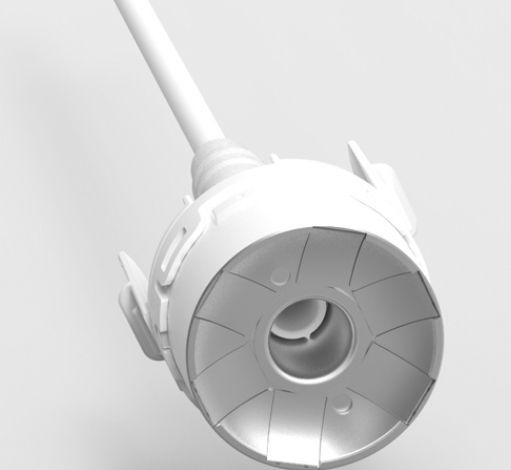 Sterile single use therapy probe is composed of six piezoelectric transducers each with a radius of 10.2 mm and an active area of 30 mm.
Sterile single use therapy probe is composed of six piezoelectric transducers each with a radius of 10.2 mm and an active area of 30 mm.
These transducers spread around the circumference. The device comes in three sizes (11 mm, 12 mm, 13 mm) to adapt different shapes and sizes of the eye to enable accurate targeting of the ciliary body and preserve the adjacent tissues.
The position cone with suction ring to ensure proper positioning of the probe on the eye.
Complications of Ultrasound Ciliary Plasty
During the procedure, the patient can report tolerable pain that is transient and disappear at the end of the procedure. Sometimes, transient high intraocular pressure can also occur during the surgery and can be treated with glaucoma eye drops.
Common post operation complications of UCP
Transient conjunctival Hyperemia.
Cells or activity in the anterior chamber.
Hyphema or blood in the anterior chamber.
Dry eyes with punctate keratitis.
Corneal Edema.
Transient Post Operation hypotony with choroidal detachment.



